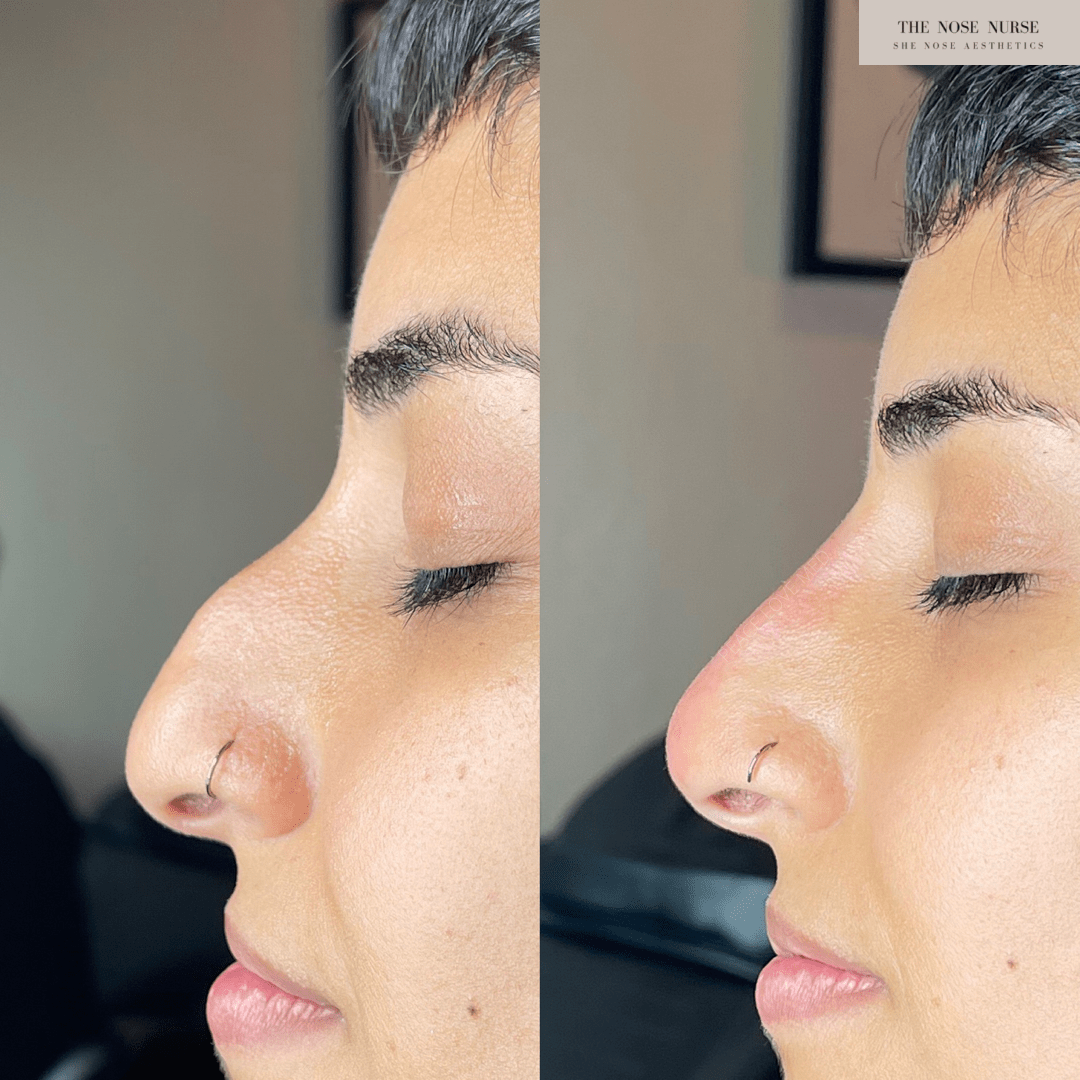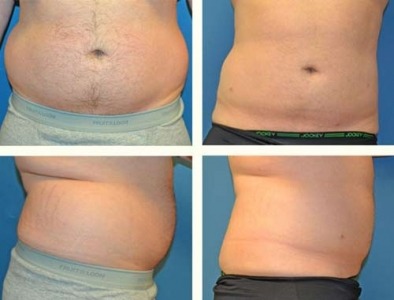
The following tips can help you to determine if capsular contractsure is curable. Learn about the Symptoms and Treatments for capsular contractsure. The Recurrence of capsular contractedure will be discussed as well. It is crucial that you seek professional medical help if you are experiencing this problem. Don't worry, there are many treatment options! Which are the most effective?
The symptoms
One of the most common causes of capsular contracture is bacterial infection on an implant. Also, it may occur after treatment for cancer. Genetics and pre-existing conditions can increase your chances of developing capsular contracture. People with thick scar tissues or a family history autoimmune disease may be more at risk. Sometimes the condition may arise randomly. The simplest treatment is to consult with a doctor and undergo a physical exam to determine if capsular contracture is present.
Capsular contracture may be manifested as a rippled, or wave-like, appearance in the breasts. This is due to scar tissue that surrounds an implant. If left untreated, this condition can progress to Grade IV, which requires a surgical procedure to correct the problem. Treatment for capsular contracture will vary, depending on the cause and the severity of the problem. A physical therapist is able to remove scar tissue from the breasts and help restore their form.
Recurrence of capsular contracture
Capsular contracture may recur after breast-implant surgery. It can occur depending on the type of surgery performed and the body's response. Typically, capsular contracture develops three to six months after the procedure. The sooner treatment begins, the better the chances of preventing capsular contracture. This is when the breast implant can rupture.

Patients in grade two and three may benefit from Aspen therapy. The pain-free procedure is carried out by a board certified plastic surgeon. This blog is not meant to reflect the opinions of the American Society of Plastic Surgeons. Register with ASPS Connect for more information, including Ask a Surgeon, Before & After Pictures, and the Patient Network. This blog contains affiliate links.